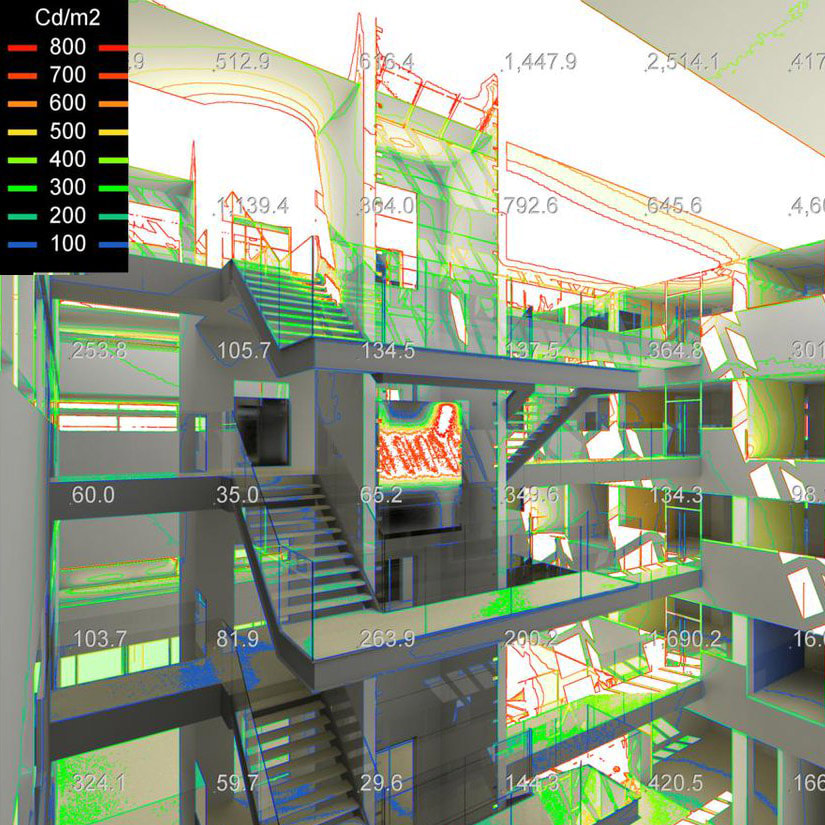Get ready to
LET THE DAYLIGHT IN
Shaping spaces with light, creating comfort, and sustainable design.

FREQUENTLY ASKED QUESTIONS
WHAT IS DAYLIGHTING?
- Daylighting is the controlled admission of natural light (direct sunlight, diffuse skylight) into building interiors through windows, transparent walls, ceilings, and skylight openings.
WHAT ARE THE ESSENTIAL BENEFITS OF DAYLIGHT?
- The use of daylight - natural light - saves on electric energy costs, contributes to indoor well-being and health, increases property values, and results in better return on investment.
WHAT ARE THE PRACTICAL BENEFITS OF THE 'DAYLIGHTING OF BUILDINGS' STANDARD?
- The standard considers four specific fields for daylight assessment in indoor spaces: daylight provision, exposure to sunlight, glare protection, and view out. These assessments can be used and applied globally.
- The European standard considers both quantity and quality aspects of daylight and provides exact benchmark levels, design and validation methods, and metrics for 33 European countries.
WHAT IS DAYLIGHT PROVISION?
- ' Daylight provision ' describes the amount and distribution of daylight in the interior. Achieving higher levels means that less electric light will be used in the building.
WHAT IS EXPOSURE TO SUNLIGHT?
- ' Exposure to sunlight' describes the duration of direct sunlight in the interior. It contributes to the well-being and health of occupants and is mandatory in kindergartens, homes, and hospitals.
WHAT IS GLARE PROBABILITY?
- 'Glare probability' helps create pleasant and comfortable workspaces for reading, writing, or using display devices in schools, offices, or homes.
WHAT IS VIEW OUT?
- 'View out' describes the quality of the view provided through the windows of a room, which can influence the market price of the property.
HOME
Learn about the essential benefits of daylighting in buildings and its core values for architects, owners, and developers.
PUBLICATIONS
Learn more about daylighting, visual comfort, artificial lighting, and sustainable building design and design guidelines.